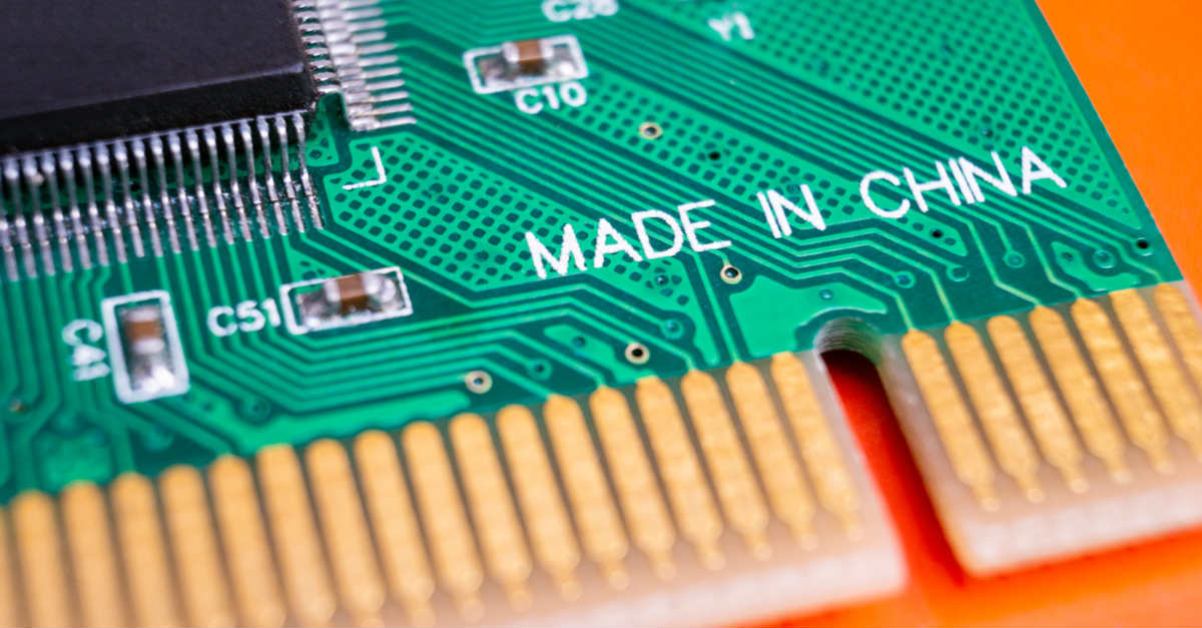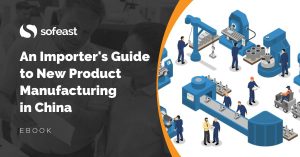We often talk to people who have a great idea to improve on an existing product. They have thought of special features that differentiate it from the competition, but they see a large amount in front of them, to develop their own new product.
They are often tempted to go for a shortcut: working with a manufacturer that has been making very similar products (an Original Design Manufacturer, or ODM), and that’s when things get pretty risky for the buyer.
The Pros & Cons of an ODM
In OEM, ODM, Contract Manufacturers: Choose your China Supplier Wisely, I wrote this about ODM suppliers:
Pros:
- Shorter time to market
- Lower introduction price (since there are no, or very little, R&D costs)
Cons:
- Changing the supplier is difficult, since they own the design
- The buyer is taking a risk — how to make 100% sure the supplier didn’t steal the design from another company? For example, Amazon might ban your product and you might have penalties to pay.
- If your sales are high, the supplier will be very tempted to compete with you.
- You will probably have difficulties negotiating for favorable terms (payment terms, liability, etc.).
And, in case the buyer has an idea for improving on existing designs, there is another drawback:
Feeding your future competition.
In that case, I’d estimate that 90% of Chinese manufacturers are happy to do all the engineering work for free. That’s really tempting.
The ODM factory is ready to go, but they pull the plug…
However, we have seen situations where the factory does all the work, gets all the valuable design input from the buyer (and from the industrial designers they paid to make the product look very sleek), and the project is ended by the manufacturer just before production starts!
What does it mean?
- The ODM factory learns all they can and they do the development with the purpose of selling it themselves in their existing distribution channels
- The buyer made a tremendous mistake — not having the supplier sign an enforceable agreement that stipulates non-disclosure, non-use, and non-circumvention.
- The buyer provides design inspiration and market-related knowledge. They train the manufacturer, who gets many insights into this product.
- In the end, the buyer realizes that they have been trapped, their idea is being executed on, and there is nothing they can do about it.
In other words, it is both a sourcing mistake and a legal mistake.
Now, what if you go to that ODM factory and request that they develop your product, you pay for the engineering (expecting them to re-use many of their existing designs, usual component suppliers, etc.), and you get your hands on both the source files and the component & supplier list?
My guess is, this will be a deal breaker. They will feel you are taking advantage of their accumulated technical expertise and there is very little for them in return.
That’s why, if you plan on making your product in large quantity, we pretty much always suggest working with a contract manufacturer.
—
Any tales to share about your experiences with ODMs? Add them as a comment, or feel free to ask further questions too.
++ UPDATE 3 March 2019 +++
Dan Harris, over at the China Law Blog, added something important to the advice I wrote above:
From a legal perspective I cannot resist making one more suggestion. If you are working with any sort of manufacturer in China (or Vietnam or Thailand or Taiwan or Turkey or Spain or anywhere else) on together developing a product, you should have a Product Development Agreement with that manufacturer that is clear on who does what, who pays for what and, most importantly, who will own what in the end. And that contract must be written with your specific goals and product and country of manufacture in mind. In other words, a Product Development Agreement written for Spain is not going to work in China and a Product Development Agreement written for China is not going to work in Vietnam.
Interested in designing or developing a new product to be manufactured in China? You will also like Sofeast’s Importer’s Guide to New Product Manufacturing in China!
This guide has been written specifically for entrepreneurs, hardware startups, and SMEs and gives you advance warning about the 3 most common pitfalls that can catch you out, and the best practices that the ‘large companies’ follow that YOU can adopt for a successful project.
It includes:
- The 3 deadly mistakes that will hurt your ability to manufacture a new product in China effectively
- Assessing if you’re China-ready
- How to define an informed strategy and a realistic plan
- How to structure your supply chain on a solid foundation
- How to set the right expectations from the start
- How to get the design and engineering right
Just hit the button below to get your copy (please note, this will direct you to my company Sofeast.com):


